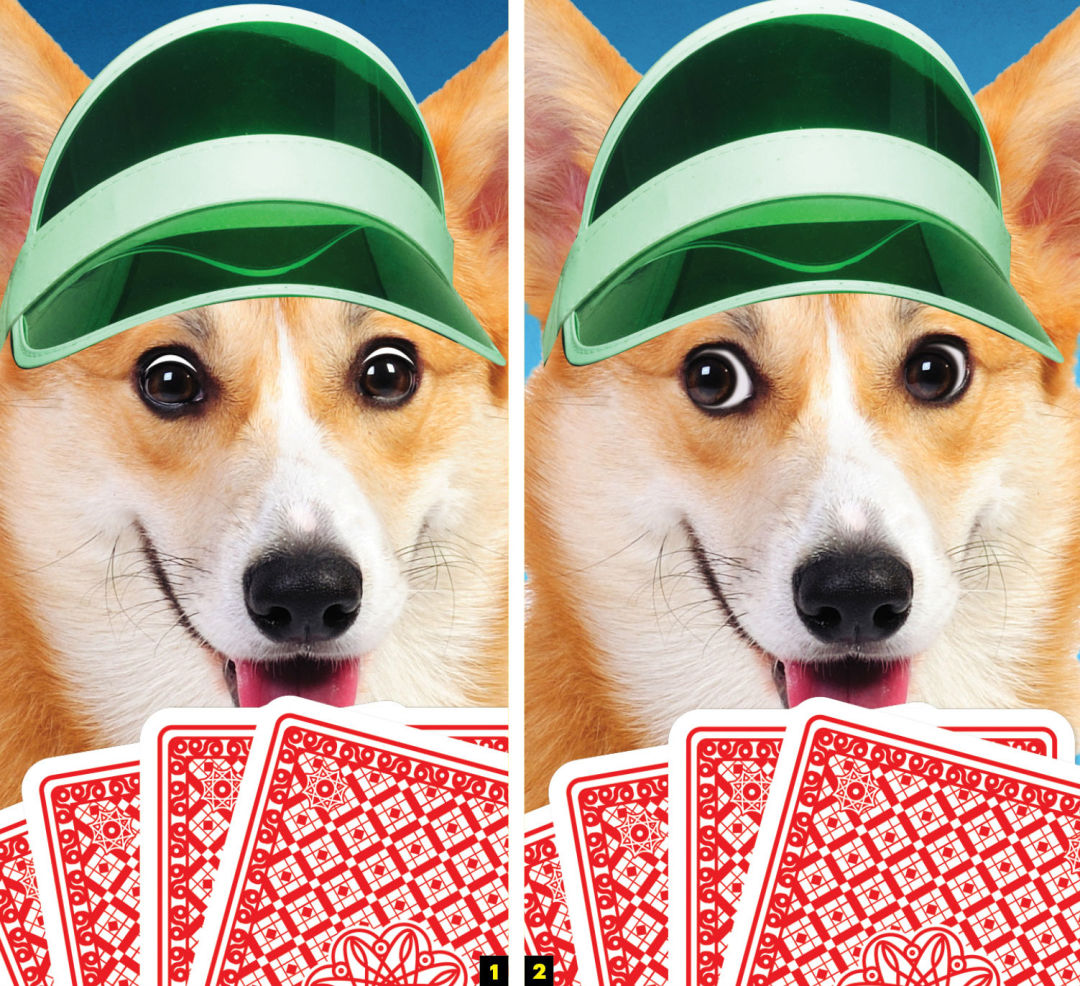Local Tell-Reader Shows the Pros How to Win at Poker

Think of Zachary Elwood as a card game anthropologist. A former professional player, the Portlander is an expert in recognizing, exploiting, and suppressing “tells”—any behavioral quirk or pattern that might give away the contents of a hand. Besides writing two books and creating an online tell-reading course, Elwood occasionally consults for players at the World Series of Poker, analyzing and scouting opponents and helping pros gain an edge.
How do you spot a tell?
The first step is finding any televised footage for a given player, then categorizing the footage into situations where they were strong and situations where they were weak, footage where they were betting or where they were waiting for other people to act. Break it down into those situations and then compare it, and try to find anything at all. You watch the footage many times. Sometimes you can find things hidden in plain sight. Sometimes you find that players have a blind spot: they’re doing something subtle, but after you see it a couple times it seems really obvious.
Do these tells really influence the game?
It’s a very small part. The sexy, beginner-level understanding of poker is that it’s a lot about behavior and tells. But when you’re playing against someone who’s decent, the game is almost entirely about strategy. If there’s a borderline situation where it could go either way—like a coin-flip decision on whether to call or fold—skilled players might use behavioral stuff to make a decision. I always tell people, you should be reading poker strategy books and worry about tells later.
So what is the benefit of knowing this stuff?
The ability to conceal your own tells. For less-experienced players, they risk giving stuff away, which is theoretically more harmful than any big gain they would get from reading other people. Be stoic, and don’t give anything away.
Are there any common tells?
There are some general tells. Even if you see them without studying a player first, you can be pretty confident that they’ll be accurate. And sometimes you would want to study the player first, because there are tells that are player-specific and less reliable. You can tell by watching people what their baseline behavior is, by playing with them for even an hour or two. But ideally you’ll want to back up a tell with seeing it a few times.
TIPS AND TELLS
Tell #1: Double-checking your cards before placing a bet
General meaning: You have a strong hand.
“That’s really unlikely to be a bluff. It kind of makes sense if you think about it logically. Why would a player want to look back at his cards when that could be interpreted as uncertainty or weakness? Usually when you see that, it’s going to be someone not bluffing. It’s highly correlated with a strong hand.”
Tell #2: Making eye contact after a bet
General meaning: You have a strong hand.
Generally, players who bet with strong hands are more comfortable and loose, making them more willing to interact and make eye contact with an opponent. But there are player-specific variations. Elwood tells one story about a hand from the 2011 World Series of Poker Main Event:
“The player had a habit of staring at his opponent in an intimidating way. That was his MO. But then when he had strong hands, he would look down a lot more, and break eye contact. It was just a blind spot in his behavior. He was trying to be completely balanced, but when he had a strong hand he didn’t want to appear as intimidating.”



